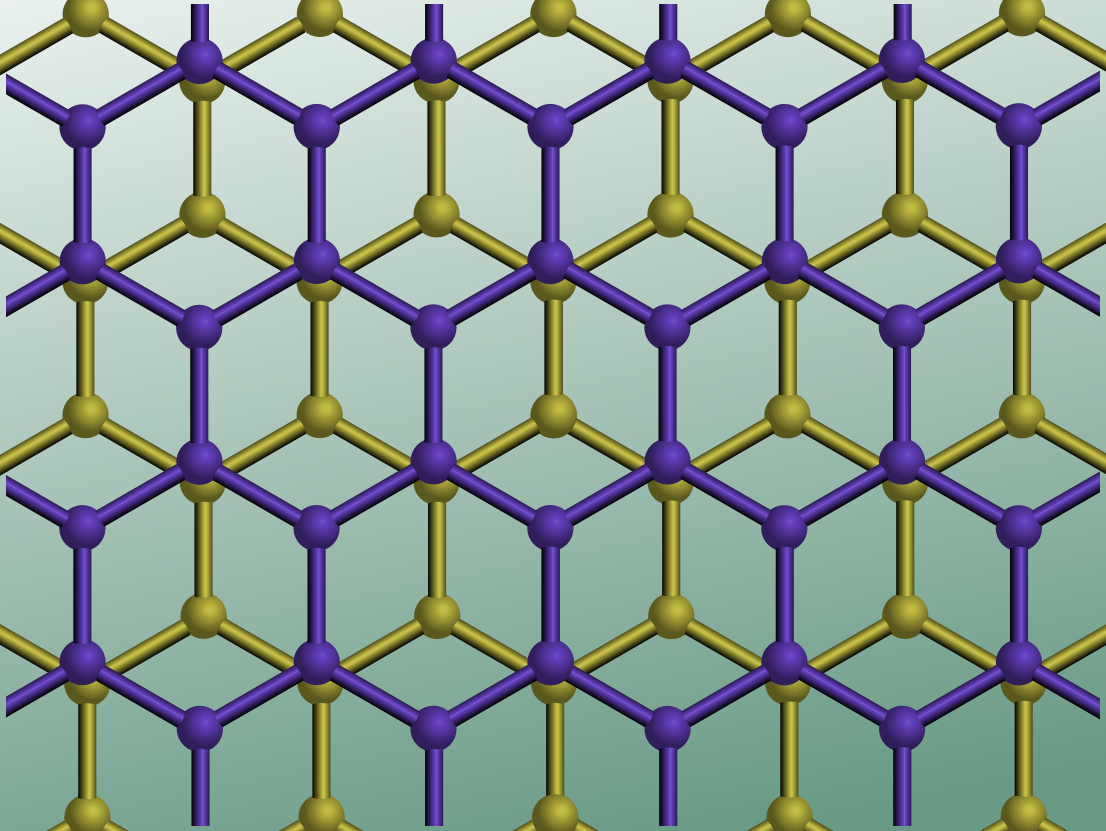With the rising number of electronic devices and a growing need to store renewable energy, the demand for high-performance energy storage increases. One promising candidate for high-power applications, such as electric vehicles, are supercapacitors. There are two classes of supercapacitors: electrochemical double layer capacitors (EDLCs), usually made from carbon-based materials such as graphene, and pseudocapacitors, often containing transition metal oxides or dichalcogenides.
Yongseok Jun, Konkuk University, Seoul, South Korea, and colleagues have combined these two approaches. The team synthesized hybrid nanosheets made from molybdenum diselenide (MoSe2) and reduced graphene oxide (rGO) using a hydrothermal process. The researchers dispersed graphene oxide in water and mixed it with metallic selenium, sodium borohydride (NaBH4), and sodium molybdate (Na2MoO4·2 H2O). The mixture was kept at 200 °C for twelve hours, and the resulting hybrid nanosheets were filtered off.
The researchers characterized the material using X-ray diffraction (XRD) and field emission scanning electron microscopy (FE-SEM). They found that the MoSe2 nanosheets were uniformly distributed on the surface of the rGO nanosheets. The electrochemical performance of the hybrid electrodes was evaluated using cyclic voltammetry, galvanostatic charge/discharge, and electrochemical impedance spectroscopy. The hybrid material has a higher specific capacitance than pure MoSe2 (211 F/g) and a good cycling stability. The team attributes this to the synergistic effects of the electric double layer charge (EDLC) storage mechanism from the rGO nanosheets and pseudocapacitance from MoSe2.
- Molybdenum diselenide/reduced graphene oxide based hybrid nanosheets for supercapacitor applications,
Suresh Kannan Balasingam, Jae Sung Lee, Yongseok Jun,
Dalton Trans. 2016.
DOI: 10.1039/C6DT00449K



